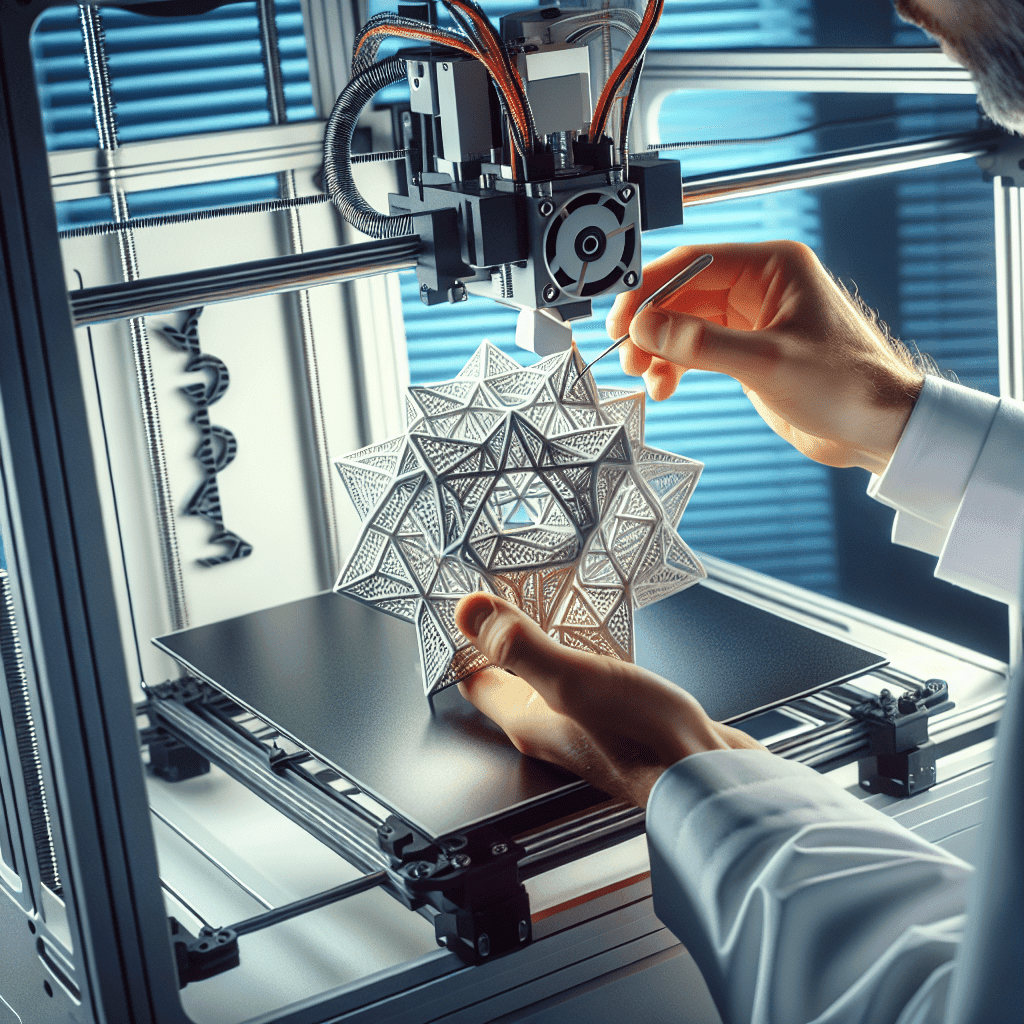How to Fine-Tune Your 3D Printer for Optimal Results
3D printing has revolutionised the way we create objects, allowing us to bring our ideas to life with just a few clicks. However, achieving high-quality prints can sometimes be challenging, especially when it comes to retraction settings. Retraction is a crucial aspect of 3D printing that affects the overall print quality and can make a significant difference in the final results.
In this article, we will explore the importance of retraction settings, how to fine-tune them for optimal results, and address some common FAQs to help you navigate retraction settings effectively.
Table of Contents
What is Retraction?
Retraction is a process in 3D printing where the filament is pulled back into the extruder to prevent oozing and stringing. Oozing occurs when the filament continues to flow out of the nozzle while the extruder is moving to a new location, resulting in unwanted blobs and imperfections on the print. Stringing, on the other hand, happens when thin strands of filament are left behind as the extruder moves, leading to a messy and unprofessional finish.
Retraction helps to minimize these issues by retracting the filament when the extruder is moving to a new location, preventing oozing and stringing. It is essential to fine-tune retraction settings to achieve clean and precise prints with minimal imperfections.
Factors Affecting Retraction Settings
Several factors can affect the retraction settings on your 3D printer, including:
– Filament type: Different types of filaments have varying melting points and flow characteristics, which can impact retraction settings. For example, flexible filaments may require different retraction settings compared to rigid filaments.
– Nozzle size: The size of the nozzle can also affect retraction settings, as larger nozzles may require longer retractions to prevent oozing and stringing.
– Print speed: The speed at which the printer moves can influence retraction settings. Higher print speeds may require faster retractions to prevent oozing and stringing.
– Layer height: The layer height of the print can also impact retraction settings, as thicker layers may require longer retractions to ensure clean prints.
Fine-Tuning Retraction Settings
To achieve optimal results with your 3D printer, it is essential to fine-tune the retraction settings based on the factors mentioned above. Here are some tips to help you fine-tune your retraction settings for optimal results:
1. Start with the basics: Begin by using the default retraction settings provided by your slicer software and adjust them gradually to find the optimal settings for your specific printer and filament.
2. Test different retraction distances: Experiment with different retraction distances to determine the ideal distance for your printer. Start with a small distance, such as 1mm, and gradually increase it until you find the sweet spot that minimizes oozing and stringing.
3. Adjust retraction speed: The speed at which the filament is retracted can also impact the print quality. Experiment with different retraction speeds to find the optimal speed that prevents oozing and stringing.
4. Fine-tune retraction settings for different filaments: Different types of filaments may require varying retraction settings. Be sure to adjust the retraction settings accordingly when switching between filaments to achieve the best results.
5. Consider using a retraction prime: A retraction prime is a small amount of filament that is pushed out before the retraction to ensure that the nozzle is filled with filament before starting the next layer. This can help to prevent gaps and improve print quality.
Conclusion
Retraction settings play a crucial role in achieving high-quality 3D prints. By fine-tuning the retraction settings based on factors such as filament type, nozzle size, and print speed, you can minimize oozing and stringing and achieve clean and precise prints. Experiment with different retraction distances and speeds to find the optimal settings for your specific printer and filament. By mastering retraction settings, you can take your 3D printing to the next level and create professional-quality prints with ease.
FAQs
How do I know if my retraction settings are correct?
You can tell if your retraction settings are correct by examining the print quality. If you notice oozing, stringing, or gaps in the print, you may need to adjust the retraction settings.
What is the ideal retraction distance?
The ideal retraction distance varies depending on the printer, filament, and print settings. Start with a small distance, such as 1mm, and adjust it gradually until you achieve clean and precise prints.
How can I prevent oozing and stringing?
Oozing and stringing can be prevented by fine-tuning the retraction settings, using a retraction prime, and adjusting other print settings such as print speed and temperature.
Can retraction settings affect print speed?
Yes, retraction settings can affect print speed, as longer retractions may slow down the printing process. It is essential to find a balance between retraction settings and print speed to achieve optimal results.
